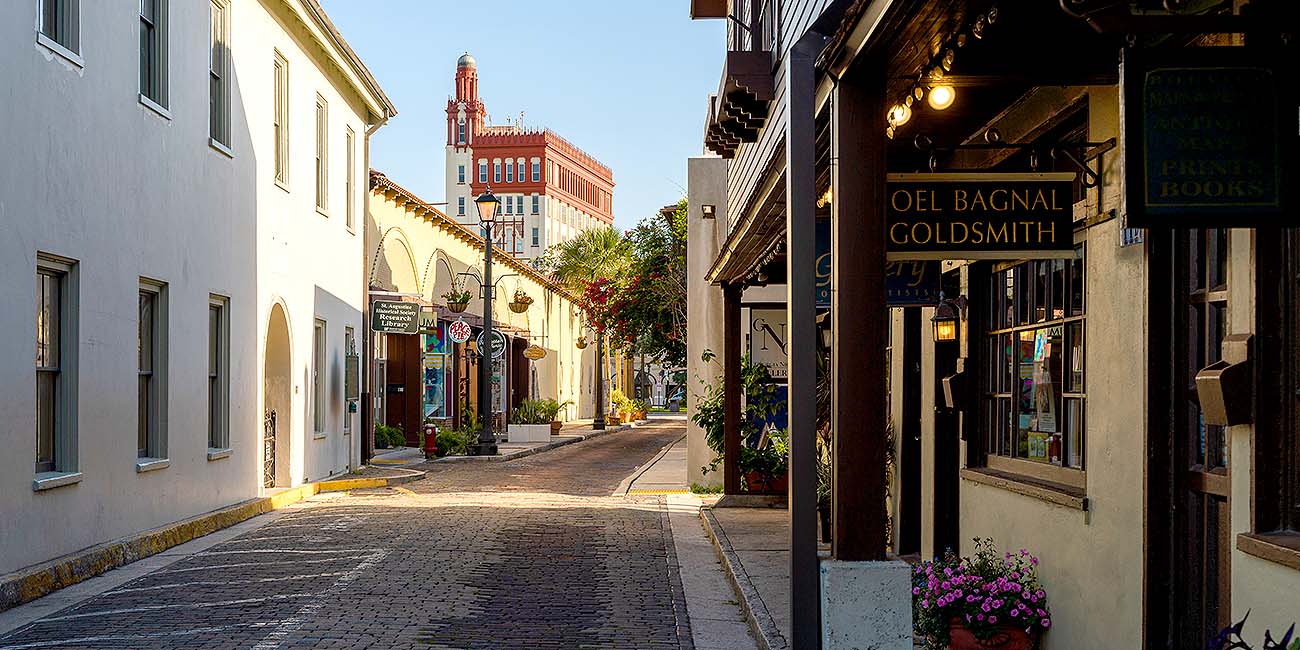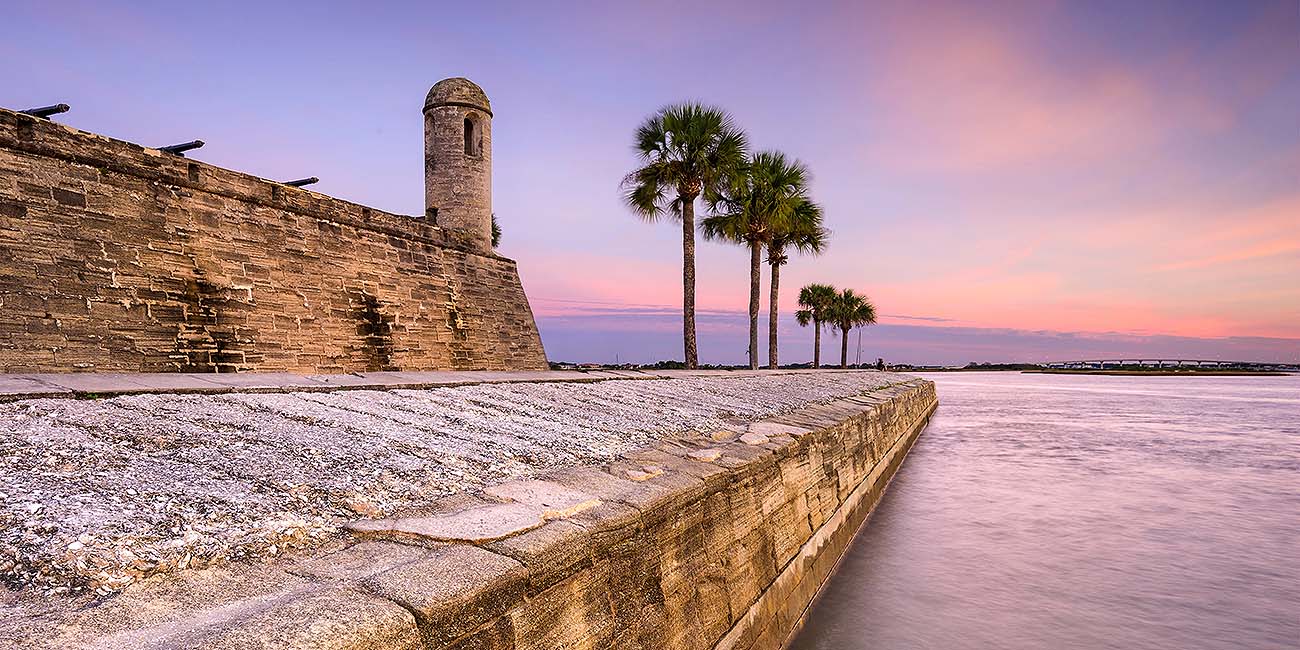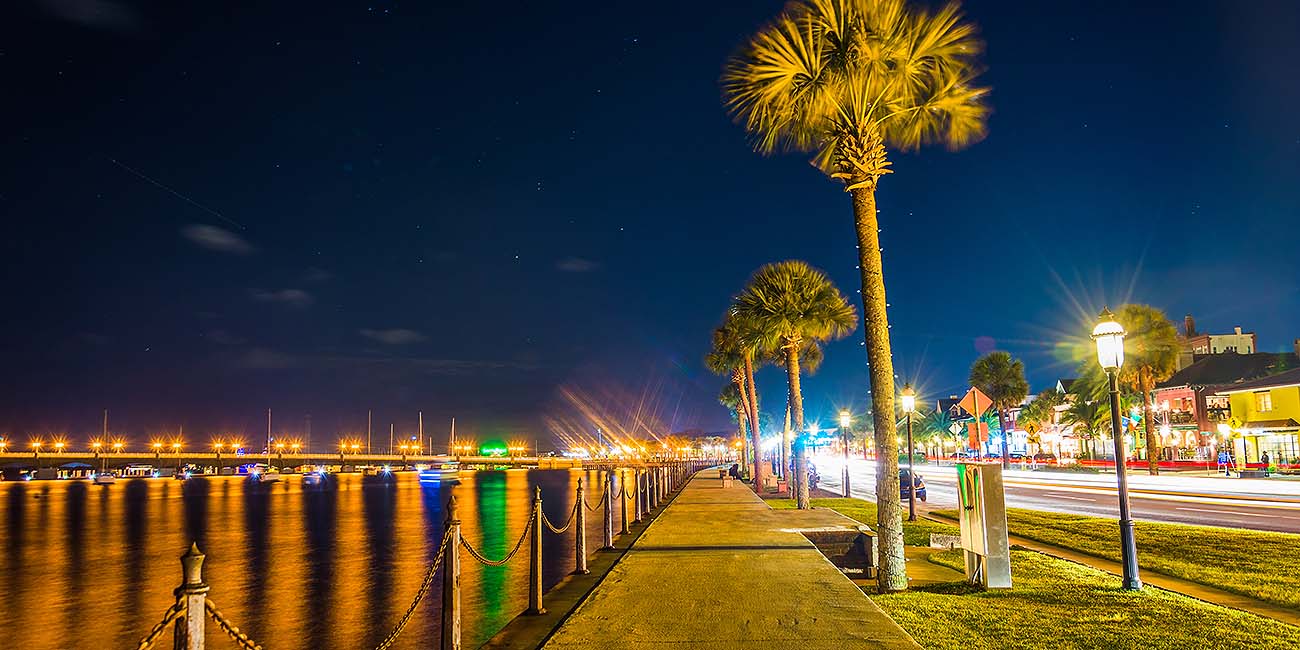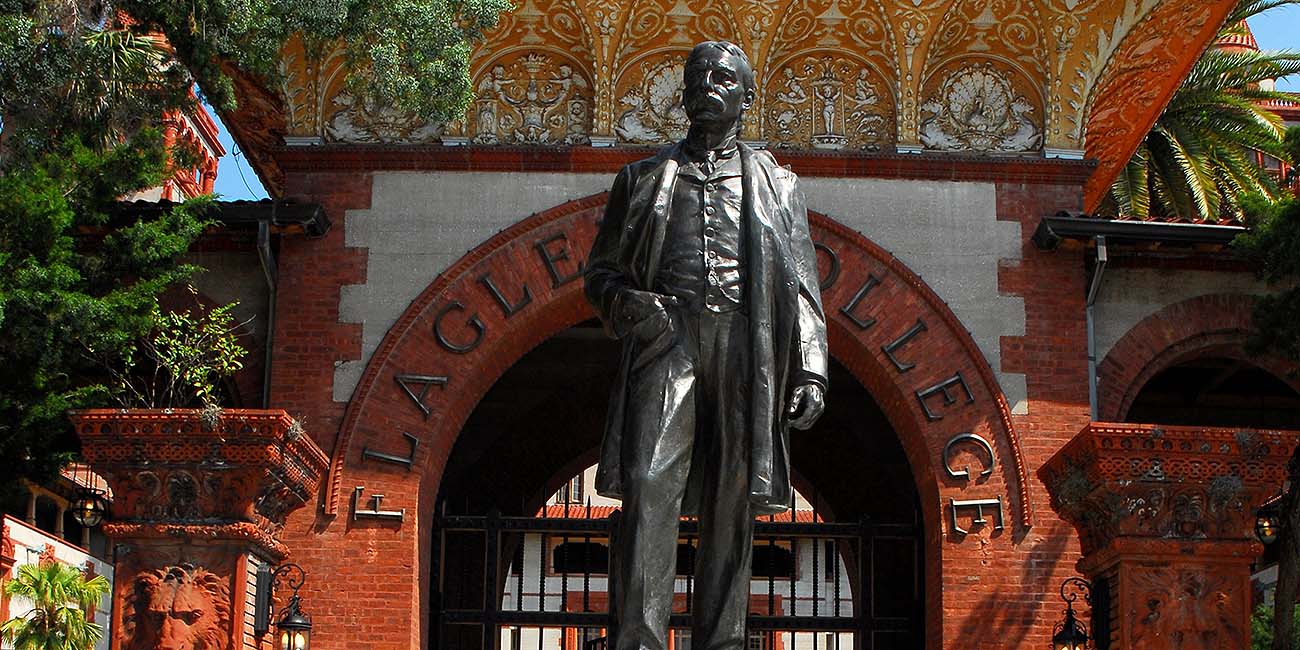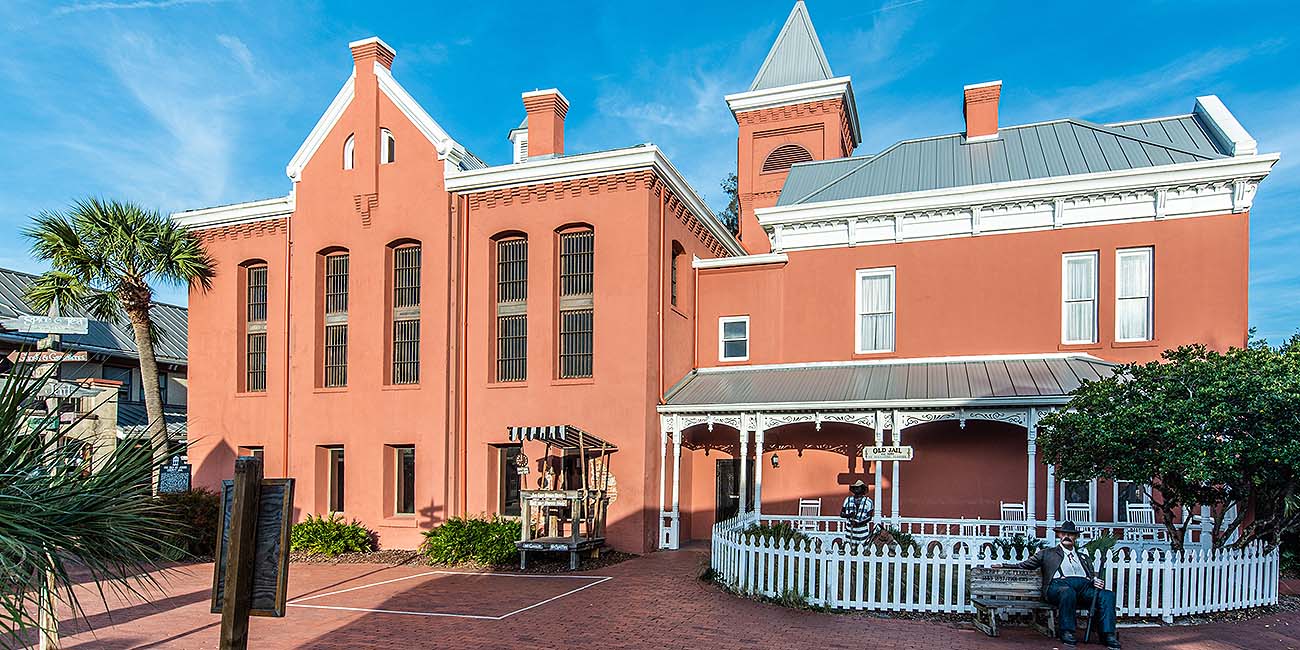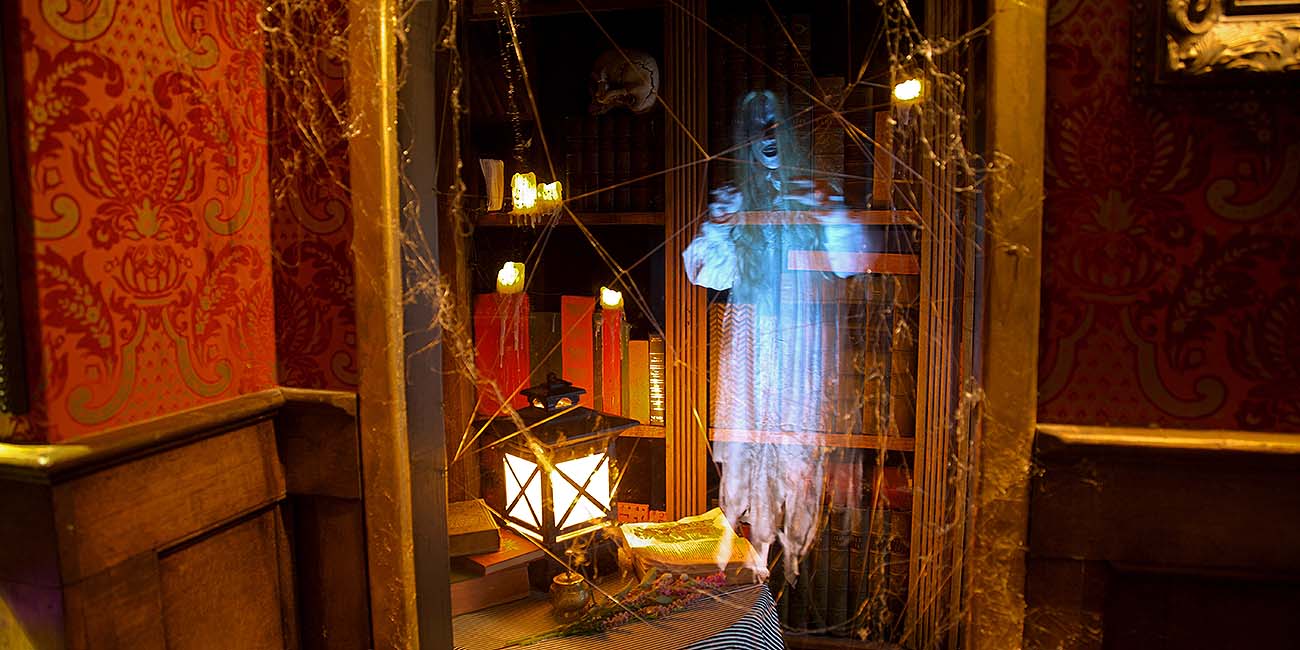St. Augustine’s most important historical distinction is that it is the oldest continuously inhabited European-established city in the continental United States. It was founded by the Spanish in 1565, making it more than four decades older than Jamestown and more than half a century older than Plymouth. This alone places it at the foundation of St. Augustine history. The city served as the capital of Spanish Florida for over 200 years and was a critical center of defense, faith and governance. St. Augustine has also seen multiple colonial regimes, including Spanish, British and American control. Its long record of survival through wars, fires, cultural shifts and political change adds depth to its historical significance. The presence of enduring structures like the Castillo de San Marcos and Fort Mose, along with its deep religious and cultural roots, ensures that St. Augustine history continues to be studied and remembered as a cornerstone of Florida’s development and identity.
What Is St. Augustine's Role in Florida's History?

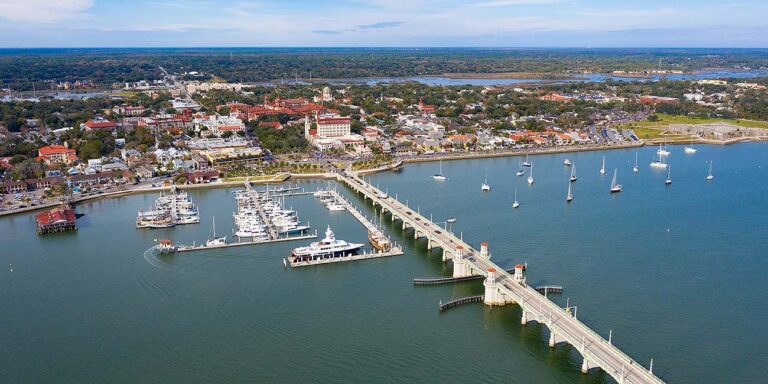
St. Augustine is not just the oldest European-established city in the continental United States. It is also one of the most influential. Its story reaches back to the early 1500s, shaping how Florida was explored, settled, defended and developed. From Spanish colonization to the Civil Rights era, St. Augustine history reflects the growth of Florida across every major period of American development.
Beginning in the early 1500s, St. Augustine’s story is one of profound influence on Florida’s exploration, settlement, defense and development. More than simply the oldest European-established city in the continental U.S., its history spans from Spanish colonization to the Civil Rights era, mirroring the broader trajectory of American growth through every major period.
Throughout the city, layers of history are visible and accessible. Its narrow streets, centuries-old churches, coquina walls and surviving forts make the past feel present. Every major milestone, from colonial battles to civil rights marches, is represented through both physical sites and personal stories. To explore the lives of each St. Augustine historical figure is to trace the city’s evolution from a distant outpost to a defining part of Florida’s identity.
How Did St. Augustine Begin and Evolve Over Time?

The foundation of St. Augustine history began in 1513 when Spanish explorer Juan Ponce de León first landed in Florida. Although he did not settle there, his arrival marked the start of European interest in the region. In 1565, Spanish Admiral Pedro Menéndez de Avilés officially founded St. Augustine. He had been sent by King Philip II of Spain to drive out the French and secure a lasting Spanish presence on the Atlantic coast. This made St. Augustine the first successful European settlement in what is now the United States.
For many years, St. Augustine functioned as a key military post for Spain.
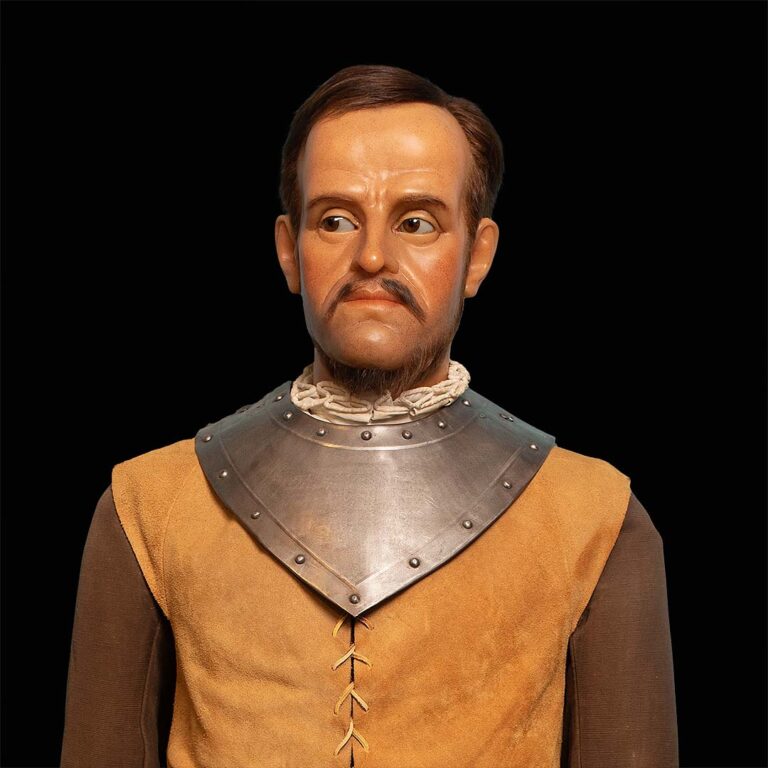
In 1586, the city was attacked and burned by Sir Francis Drake. The destruction highlighted how vulnerable the city was to outside threats. In response, construction began in 1672 on the Castillo de San Marcos, a stone fortress made of coquina. This fort became essential to the city’s defense and remains a powerful symbol in St. Augustine history.
The city changed hands several times over the centuries. In 1763, Florida was given to the British in exchange for Havana, Cuba. It was returned to Spain 20 years later and then officially became part of the United States in 1821. Each transfer brought new policies, languages and influences, adding layers to St. Augustine history.
In the late 1800s, the arrival of Henry Flagler sparked dramatic growth. His development of luxury hotels and a modern rail system turned the city into a destination for wealthy travelers. In the 1960s, St. Augustine gained national attention again, this time as a central location in the Civil Rights Movement. Protesters and leaders, including Martin Luther King Jr., came to the city to challenge segregation and demand change. These events placed St. Augustine at the center of one of America’s most important social transformations.
What Were the Most Pivotal Moments in St. Augustine History?

Several events stand out as turning points in St. Augustine history. Each one helped shape the city’s direction and left a lasting impact on Florida’s development.
In 1513, Juan Ponce de León’s landing introduced Spain to Florida’s coastline. By 1565, Pedro Menéndez de Avilés had established St. Augustine, defeating French forces and laying the groundwork for Spanish control. Later that year, he led the destruction of Fort Caroline, a nearby French settlement. This solidified Spain’s presence in the region and ended French influence in the area.
In 1586, Sir Francis Drake attacked and burned much of the city, forcing residents to rebuild and pushing Spain to invest in better defenses. That investment led to the 1672 construction of the Castillo de San Marcos, which became one of the most iconic landmarks in St. Augustine history.
In 1738, Spain founded Fort Mose just north of St. Augustine. This was the first legally recognized settlement in the United States established for free Black men and women. The fort offered safety to formerly enslaved individuals who escaped British colonies to seek freedom under Spanish rule. Fort Mose remains a major milestone in American and Floridian history.
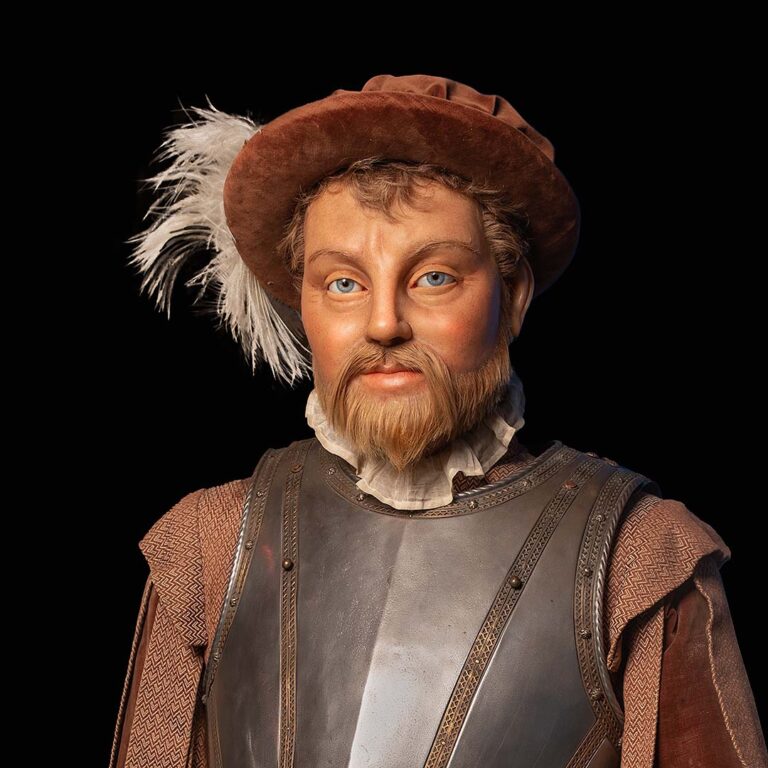
The city’s control changed in 1763 when it was given to Britain, then returned to Spain in 1783, and finally became American territory in 1821. These shifts altered the city’s economy, architecture and population.
By the late 19th century, the arrival of Henry Flagler ushered in a new era. His investments turned St. Augustine into a travel and cultural hub. Finally, during the 1960s, the city served as a major site for civil rights protests, adding another vital layer to St. Augustine history.
Who Are the Most Influential Figures in St. Augustine History?

Every major chapter in St. Augustine history includes a St. Augustine historical figure who played a key role in shaping it. Their decisions and leadership helped define the city’s legacy.
Pedro Menéndez de Avilés was the Spanish admiral who founded St. Augustine in 1565. His military success and leadership established the settlement and defended it against French attacks. Without his efforts, Spain’s hold on Florida may not have lasted.
King Philip II of Spain gave the order to settle Florida and supported the establishment of St. Augustine. His global ambitions drove Spain’s exploration and made the city part of a much larger strategy to protect Catholic interests and trade routes across the Atlantic.
Sir Francis Drake is remembered for his 1586 attack. Though he was an enemy of Spain, his raid forced the city to strengthen its defenses. The destruction he caused shaped the decision to build Castillo de San Marcos and remains one of the most dramatic events in early St. Augustine history.

Governor Manuel de Montiano led the city during the 1700s and played an essential role in military defense, especially during battles with British forces. He also helped support Fort Mose and its population, making him a notable figure in the history of freedom in Florida.
Henry Flagler arrived in the late 1800s and redefined St. Augustine’s future. He built grand hotels, improved transportation and attracted tourism. Flagler’s vision turned the city into a luxury destination and gave it a new purpose beyond its colonial past. He also contributed to law and order in the city by constructing the Old Jail Museum, which visitors can now tour during the day and paranormal enthusiasts can investigate after dark.
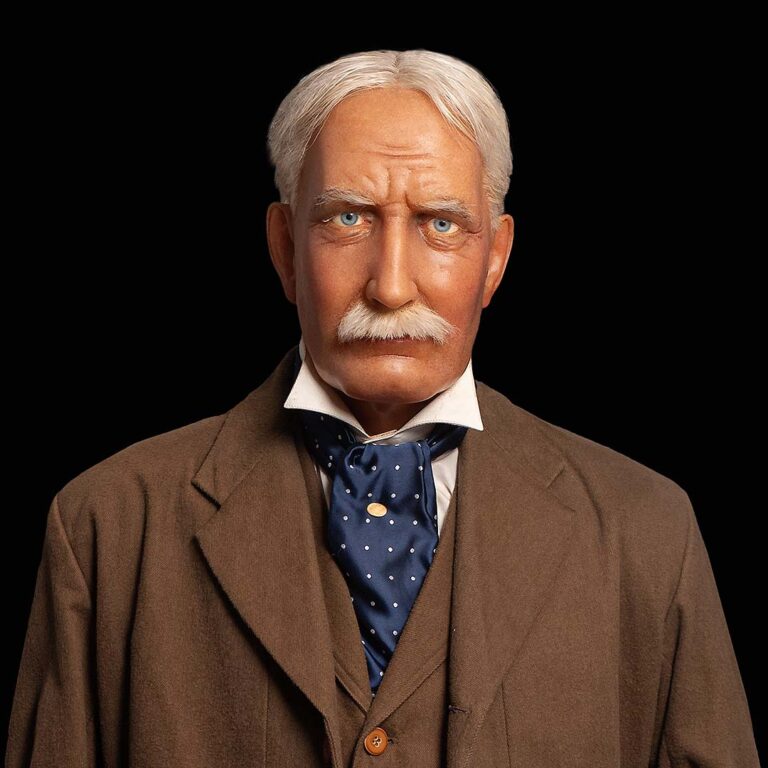
Martin Luther King Jr. brought national attention to St. Augustine during the Civil Rights Movement. His leadership in organizing protests and demonstrations challenged segregation and helped move forward the national conversation about race and equality. His impact on St. Augustine history is still remembered through monuments, museum exhibits and preserved sites across the city.
Together, these individuals demonstrate how each St. Augustine historical figure left a lasting mark on the city and helped shape what it is today.

Why Does St. Augustine’s Past Still Matter Today?

By learning about each St. Augustine historical figure and reflecting on key events, we can better understand how Florida evolved from a Spanish colony into an American state. St. Augustine history reveals the struggles, changes, and movements that continue to shape society today.
It is a place where military conquest, cultural resilience, economic growth and civil rights have all played a role. The people who lived here and the events that took place continue to influence how Florida is remembered and understood. Whether you are exploring Castillo de San Marcos, walking through Fort Mose or visiting a church where Martin Luther King Jr. spoke, you are witnessing history that still speaks today.
St. Augustine history reminds us that the past is not just behind us. It is part of everything we continue to learn, preserve and build.
FAQs

St. Augustine was founded on September 8, 1565, by Pedro Menéndez de Avilés, a Spanish admiral and nobleman sent by King Philip II of Spain. Menéndez arrived with the mission to secure the region for the Spanish Crown, eliminate the nearby French settlement of Fort Caroline and establish a stronghold that would defend against other European powers. He chose the site for its natural harbor and coastal position, which made it ideal for both defense and supply. Menéndez quickly built a fort and organized the community, laying the groundwork for what would become the most enduring settlement in St. Augustine history. As a St. Augustine historical figure, Menéndez is remembered for his leadership, maritime skill and firm command during the city’s earliest years. His successful founding of the settlement marks the beginning of over four centuries of European presence in Florida.
The Castillo de San Marcos is one of the most iconic and historically meaningful landmarks in St. Augustine history. Construction began in 1672 after repeated attacks on the city, including one by Sir Francis Drake in 1586 and another by English forces in 1668. The Spanish chose to build the fort from coquina, a natural shell stone that was both abundant and incredibly durable. Unlike wooden forts that had burned down in earlier years, the Castillo withstood multiple sieges and has never fallen in battle. It became the heart of the city’s defenses and a visible representation of Spanish strength in Florida. Over the centuries, it was used by Spanish, British and American forces. The fort also served as a prison, holding Native American captives during the Seminole Wars. Today, it is preserved as a national monument and remains a powerful symbol of endurance. Its presence in St. Augustine history reflects the city’s long-standing importance in military and colonial affairs.
St. Augustine was established by the Spanish to protect their colonial interests in the Americas and to stop the expansion of rival European powers. In the mid-1500s, France had begun establishing footholds in Florida, most notably at Fort Caroline near present-day Jacksonville. Spain viewed these settlements as both political and religious threats. Pedro Menéndez de Avilés was sent by King Philip II to eliminate the French presence and to build a permanent settlement that would secure the region. In addition to strategic concerns, Spain also saw Florida as a mission field. Catholic priests accompanied explorers and settlers to convert Native peoples to Christianity. The founding of St. Augustine was a direct result of these combined motives. As a centerpiece of St. Augustine history, the city became a religious, military and cultural outpost that shaped Spanish colonial policy for more than two centuries. Its success helped Spain maintain control over vast parts of the southeastern United States.
Sir Francis Drake was an English privateer, explorer and naval commander during the Elizabethan era. He became involved in St. Augustine history when he led a major attack on the city in 1586. At that time, Drake had been sailing along the Caribbean and Atlantic coastlines, targeting Spanish settlements as part of England’s strategy to disrupt Spain’s control of the New World. When he reached St. Augustine, he found the settlement lightly defended. His forces looted the city, burned buildings and left significant damage. While the attack was brief, it forced the Spanish to rethink how they would defend their colonial possessions. This event directly contributed to the decision to build the Castillo de San Marcos nearly a century later. Although Drake is remembered as a hero in English history, in St. Augustine history, he is often seen as a figure who caused destruction and upheaval. His actions changed the course of the city’s defenses and served as a reminder of the international competition that defined the colonial period.
Henry Flagler had a lasting and transformative impact on St. Augustine history. As a co-founder of Standard Oil and one of the wealthiest men of his era, Flagler turned his attention to Florida in the late 1800s. At that time, St. Augustine had fallen into decline and had not kept pace with modern development. Flagler saw an opportunity to transform the city into a resort destination for wealthy northerners seeking a warm winter escape. He built luxury hotels like the Ponce de Leon Hotel, brought in electricity, improved sanitation and constructed churches, schools and a hospital. His Florida East Coast Railway connected the city to the rest of the country, bringing tourists, workers and new businesses. As a St. Augustine historical figure, Flagler changed the economic future of the city. His influence is still visible in the city’s architecture and layout. Without his investment and vision, it is unlikely that St. Augustine would have grown into the cultural destination it is today. His role in St. Augustine history is one of innovation, development and long-term transformation.
